Toilets and sanitary facilities at the workplace
Providing employees with proper sanitary and hygiene facilities seems to be an obvious and indisputable matter. In practice, however, we encounter inappropriate solutions. Oversights can result from lack of knowledge or underestimating the severity of the problem. This generates unnecessary problems and, while probably not everyone realizes this, it is not in compliance with the regulations.
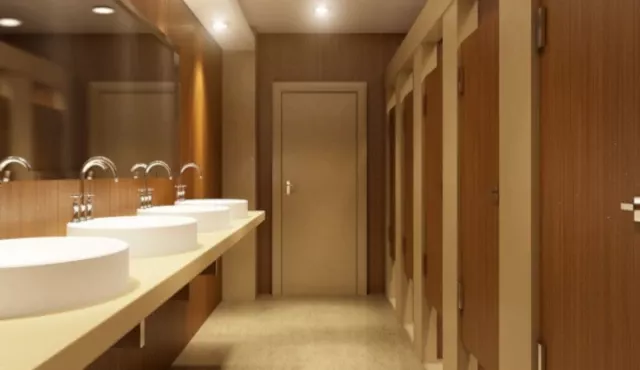
Table of Contents:
1. Why is it worth investing in employee toilets?
2. Occupational health and safety sanitary facilities at work
3. How many toilets should be in the workplace?
4. People with disabilities in the company
5. How to properly equip the washroom, toilet, and showers at work?
6. Maintaining cleanliness in workplace toilets
Why is it worth investing in employee toilets?
Investing in high-quality toilets in the workplace has many benefits for employers and employees. Here are a few reasons why it is worth investing in workplace toilets:
-
Hygiene and health: Good quality toilets provide hygienic and clean conditions for employees. Regular cleaning and maintaining high sanitary standards help reduce the risk of infections and diseases. Toilets also provide access to appropriate cleaning and personal hygiene products, contributing to the maintenance of employee health.
-
Comfort and convenience: High-quality toilets provide comfortable and convenient conditions for employees. Ergonomic equipment, appropriate number of stalls, and privacy help employees feel at ease and comfortable while using the toilet. Taking care of employees' comfort affects their satisfaction and overall well-being in the workplace.
-
Improving efficiency: Providing access to toilets in appropriate locations in the workplace helps minimize employees' time losses. Employees will not have to search for distant toilets or leave their workplace, which contributes to increased efficiency and focus on tasks.
-
Positive company image: As an employer, investing in high-quality toilets is also a way to build a positive company image. By caring for employees' comfort and needs, the company shows concern for their well-being and creates a friendly work environment. This can attract talented employees and build positive relationships with clients and business partners.
-
Increasing employee satisfaction: High-quality toilets in the workplace contribute to greater employee satisfaction. When employees have access to clean and comfortable toilets, they feel appreciated and respected by their employer. Satisfied employees are more likely to engage in their work, have better well-being, and show greater loyalty to the company.
Hygienic and sanitary facilities at work
There are clear standards that regulate how hygienic and sanitary facilities should look like in the workplace. First of all, they should be easily accessible for all users, not only in terms of location, but also they should be constantly open. It happens that toilets are locked with keys or cards with a reader, which are not easily accessible for all users of a particular toilet.
Hygienic and sanitary facilities should be located in the building where work is carried out or in a building connected to it by a covered passage. In the case of employees moving from heated work areas, the passage should also be heated. Toilets for employees should be located no more than 75 m from their workstations. An exception are people working constantly in open spaces - in this case, the distance from the toilet can be up to 125 m from the furthest workstation.
Toilets should be located on each floor of the building where employees are present. An exception are floors where less than 75 m from their workstations.10 people - then they should be provided with the opportunity to use the toilet on the neighboring floor. The entrance to the toilets should be directly connected to the general communication routes (e.g. from the corridor) and should be separated by a room equipped with sinks. The doors to the toilets should close automatically.
Toilets and bathrooms for employees should be heated, lit and ventilated in accordance with technical and construction regulations and Polish Standards. The height of these rooms should be up to 2.5 m or at least 2.2 m if they are located in the basement, cellar or attic. The walls should be covered with smooth, non-absorbent materials up to a height of 2 m, which are resistant to moisture. The best materials are ceramic tiles or stoneware.
In the case of people working in open spaces or performing tasks in places without water and sewage installations, it is possible to use portable toilets with sealed waste tanks.
How many toilets should be in the workplace?
Of course, sanitary facilities should be adapted to the individual needs of women and men. For example, in the women's restroom, it is worth placing sanitary bins for hygiene waste, while in the men's restroom, urinals should be available.
The necessary number of toilets in the workplace depends on the number of employees in the company and the ratio of women to men or mixed groups. Too few toilets can, for example, result in queues and the inability to use the restroom during designated breaks.
Toilets used by women or women and men
| Number of employees | Number of toilets | Number of sinks |
| 1-5 | 1 | 1 |
| 6-25 | 2 | 2 |
| 26-50 | 3 | 3 |
| 51-75 | 4 | 4 |
| 76-100 | 5 | 5 |
Toilets used by men
| Number of employees | Number of toilets | Number of sinks |
| 1-15 | 1 | 1 |
| 16-30 | 2 | 1 |
| 31-45 | 2 | 2 |
| 46-60 | 3 | 2 |
| 61-75 | 3 | 3 |
| 76-90 | 4 | 3 |
| 91-100 | 4 | 4 |
Changing rooms, washrooms, showers, and toilets should be separate for women and men. The exception are workplaces where less than 10 people work on one shift. The condition is to provide women and men with separate access to use them. It is worth taking care of appropriate markings for toilets, changing rooms, and showers.
If the workplace employs up to 20 employees, the employer must provide at least toilets and sinks, as well as the possibility of hygienic consumption of meals and hygienic storage of private, work, and protective clothing.
Disabled employees in the company
In the case of employing disabled people in the company, the employer is obliged to adapt toilets, changing rooms, social rooms, and other rooms, as well as access to them, to the needs of people with reduced mobility. Therefore, it is important not to forget about wheelchair ramps, widened passages, or handrails for disabled people.
Details on how to arrange a toilet for people with disabilities can be found in the article: Bathrooms for people with disabilities - dimensions, requirements, projects.
Fixed washbasin handle for people with disabilities on a 32 cm plate 60 cm Faneco matte steel
How to properly equip a washroom, toilet, showers at work
Washrooms
The washroom should contain sinks, sink faucets, mirrors, liquid soap dispensers or foam soap dispensers, paper towel dispensers and/or electric hand dryers, as well as trash cans.
The arrangement of sinks should follow the principle that there should be a minimum distance of 1.3 m between the sinks and the opposite wall, and in the case of two rows of sinks, a minimum distance of 2 m should be maintained. The sinks should have access to running water - both hot and cold.
Regulations also specify the number of sinks based on the type of work and associated requirements:
» dirty work, exposure to harmful or infectious substances: 1 sink per 5 employees
» serial sinks for collective washing (e.g. on construction sites): 1 sink per 5 employees
» office work and related tasks: at least 1 sink per 30 men or 20 women
Round washbasin with hole for faucet stainless steel matte
Toilets
Toilets, depending on whether they are female, male or mixed, should be equipped with toilet bowls and toilet faucets, urinals and urinal faucets, toilet paper dispensers, trash cans, hangers, and toilet brushes. In the case of stalls in a single row, the distance between the stall and the wall must be at least 1.3 m. In toilets where we have a row of stalls and urinals on the opposite wall, a distance of at least 2 m must be maintained between them. Similarly, 2 m must separate two rows of stalls facing each other.
Hanging urinal Faneco stainless steel black
Showers
Showers and showers are particularly necessary when performing work that causes body contamination. The basic equipment of showers includes shower faucets, spouts, liquid soap dispensers, and hangers. Showers should be located directly next to the changing rooms so that users can quickly and freely use them. It is necessary to ensure collision-free movement of employees before using the shower and those who have already used it and are dressed in their own clothes.
There should be at least one shower cabin for every 8 employees, and in the case of special work (requiring contact with toxic, infectious, radioactive, irritating, sensitizing, unpleasant-smelling substances, as well as dusty and dirty work), at least 1 shower cabin should be provided for every 5 employees.
The dimensions of the cabins should comply with building regulations. The width between two rows of cabins should be at least 1.30 m, and between a row of cabins and a wall at least 0.90 m. Each shower should be connected to hot and cold water. There should be a toilet cabin with at least one toilet bowl for every 10 showers. When mixing water in a group, its temperature should be between 35ºC and 40ºC, and when mixing individually, between 50ºC and 60ºC. It is also necessary to ensure air exchange at least 5 times per hour.
Shower set with movable spout and manual shower mixer pipe 120 cm
Maintaining cleanliness in the workplace toilet
Equipping the toilet with appropriate equipment and bathroom accessories is not enough. It is important to designate a person who will regularly supervise the cleanliness of the employee toilets - ensuring cleanliness, replenishing toilet paper, paper towels, liquid soap or foam soap, emptying waste bins and performing similar tasks. The employer should therefore provide constant access to consumables, cleaning products and cleaning equipment.
Source: Announcement of the Minister of Economy, Labour and Social Policy, Journal of Laws, year 2003, No. 169, item 1650.
Ryszard Kurek
All rights reserved. No part of the publication (text, graphics, images, photos, files, and other data) presented on the OLE.PL online store may be reproduced or distributed in any form or by any means without prior permission. All trademarks, graphics, names, and other data are protected by copyright law and belong to their respective owners.
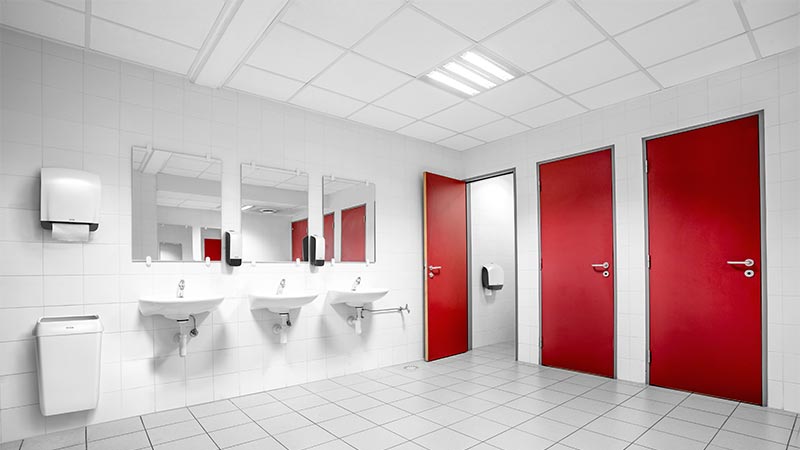
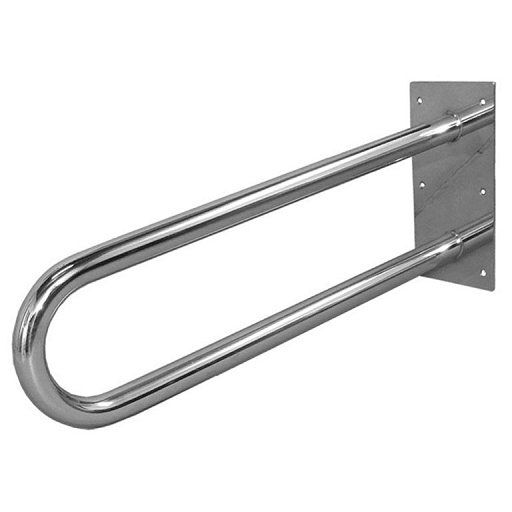
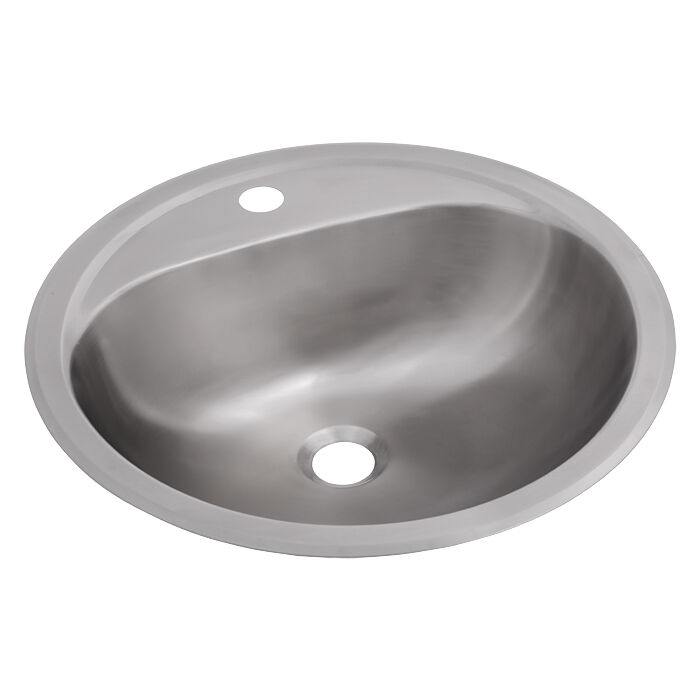
.png?1684234984306)
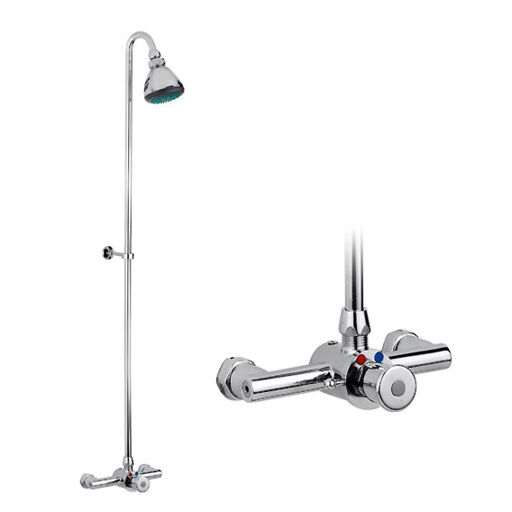
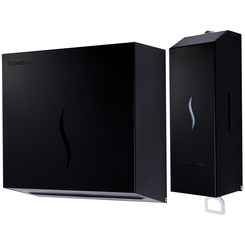
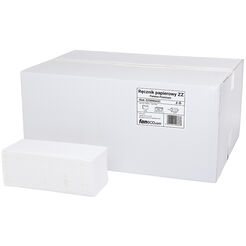
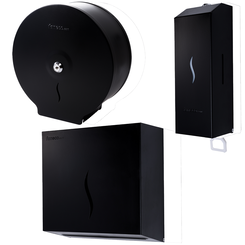
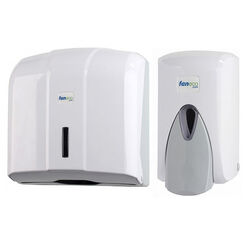
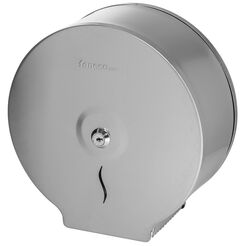

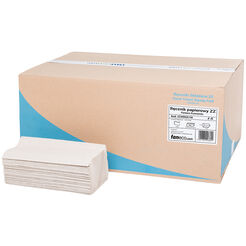

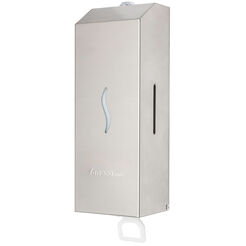
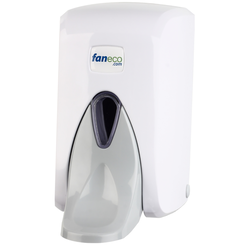
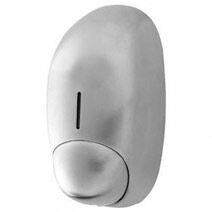
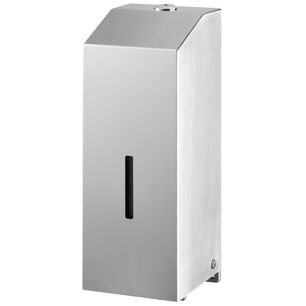
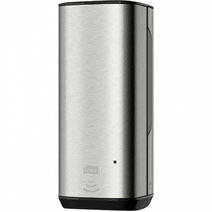
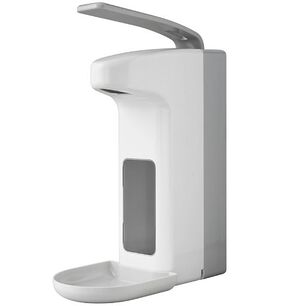
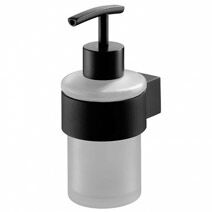
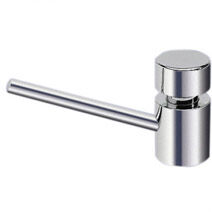
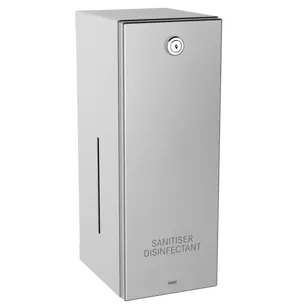
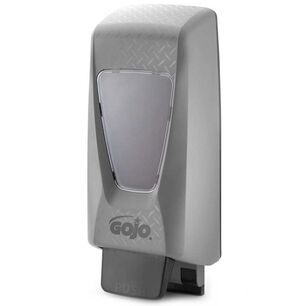
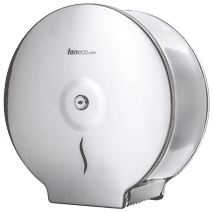
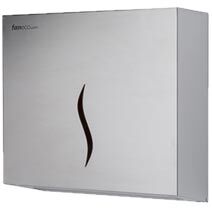
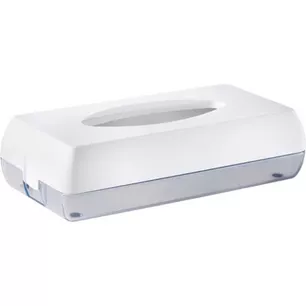
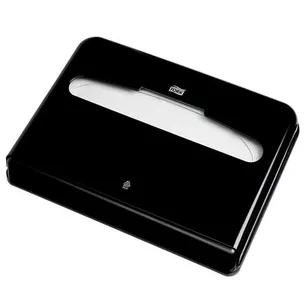
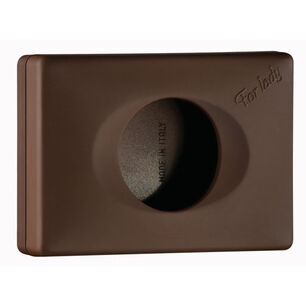
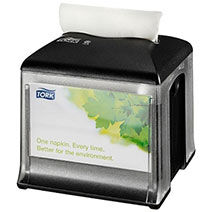
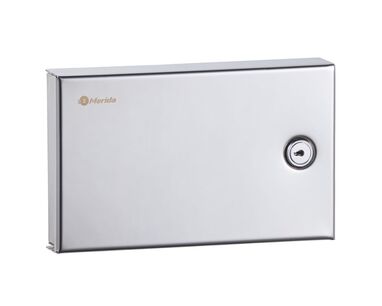
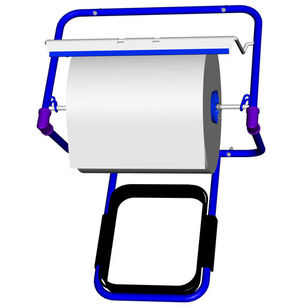
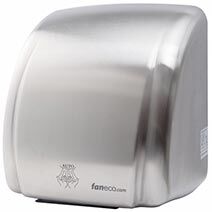
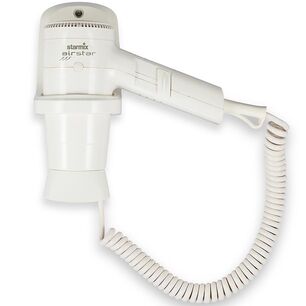
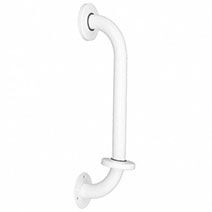
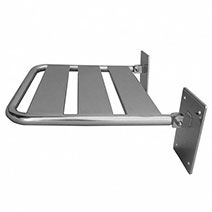
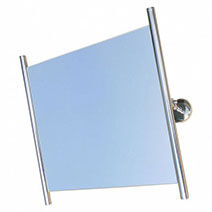
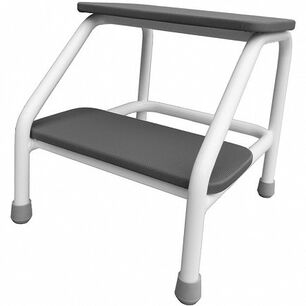
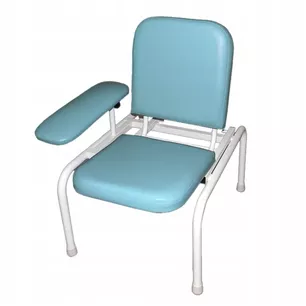
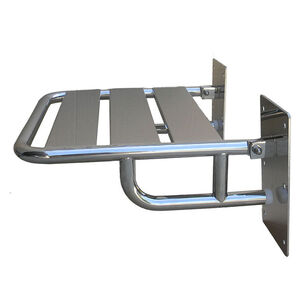
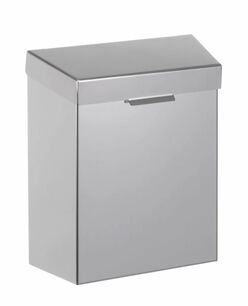
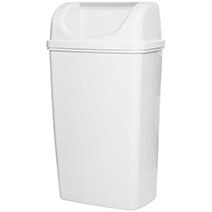
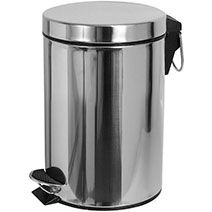
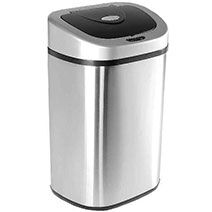
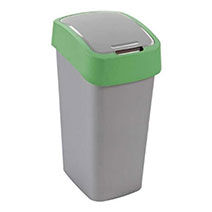
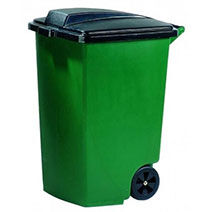
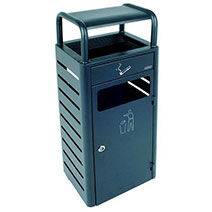
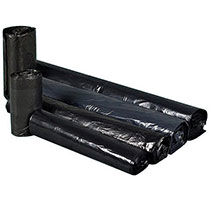
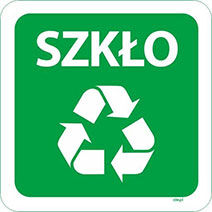
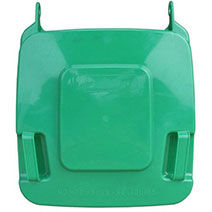
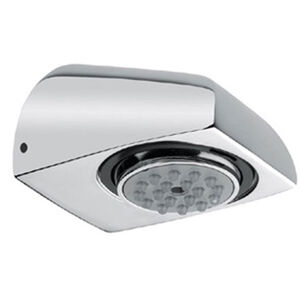
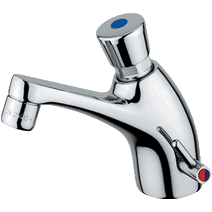
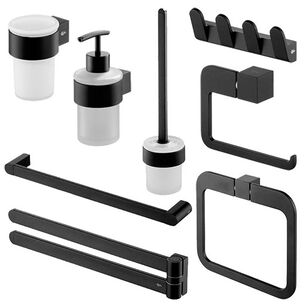
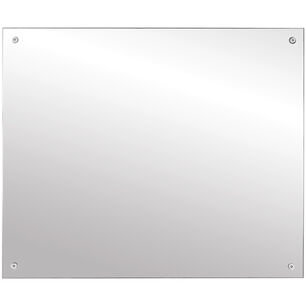
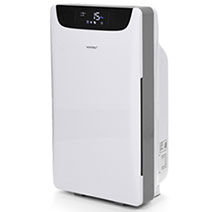


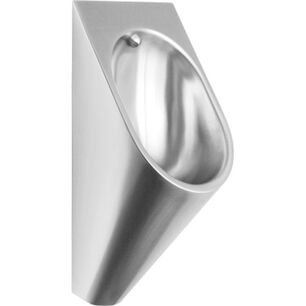
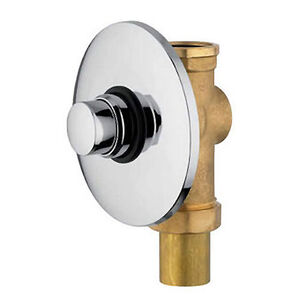
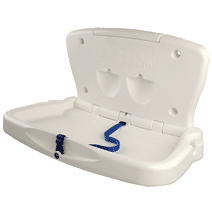
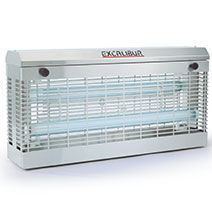
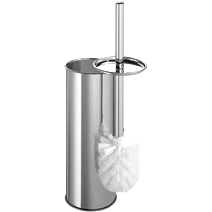
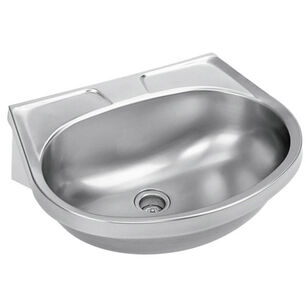
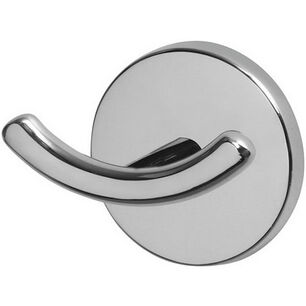
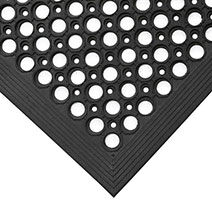
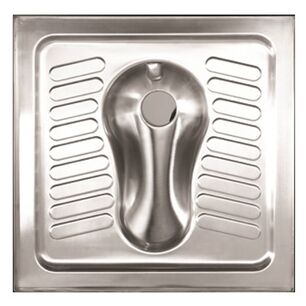
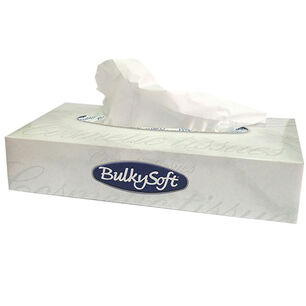
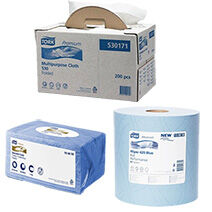
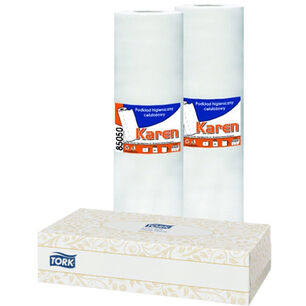

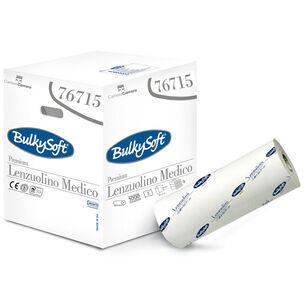
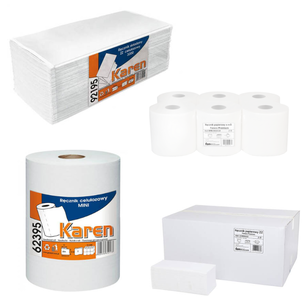
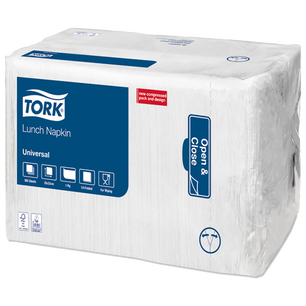
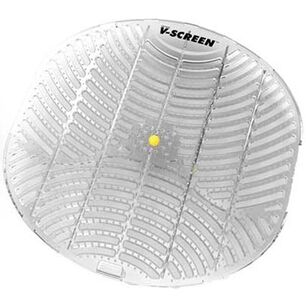

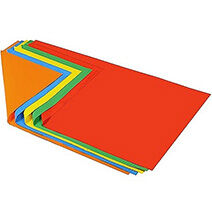
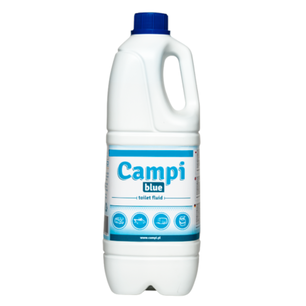
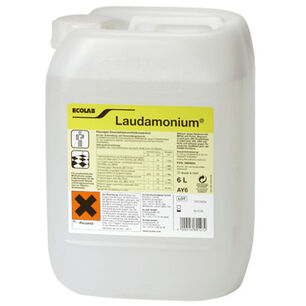
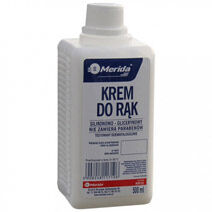
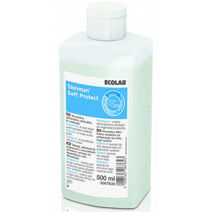
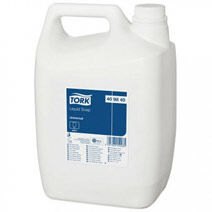
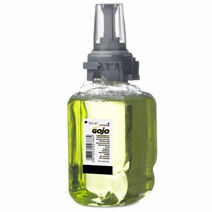
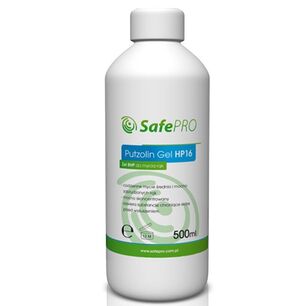
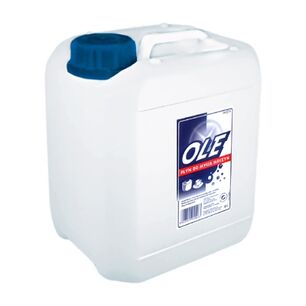
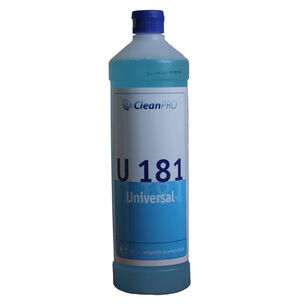
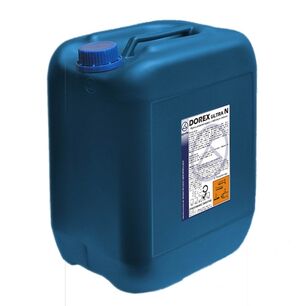
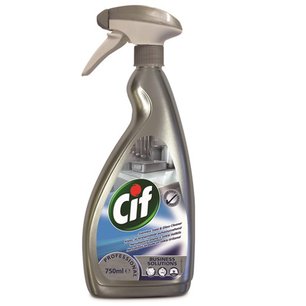
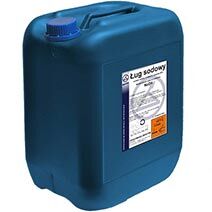
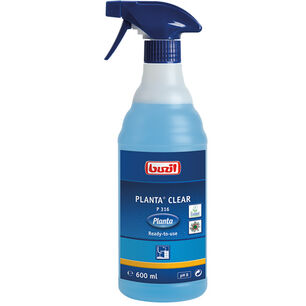
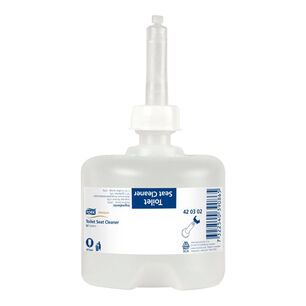
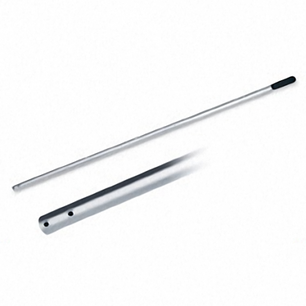
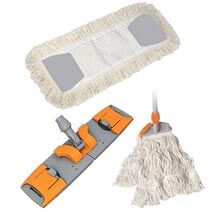
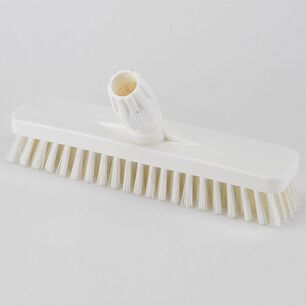
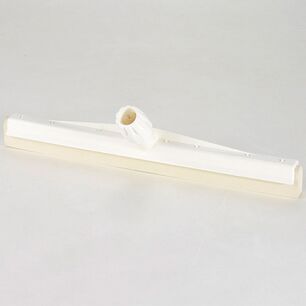

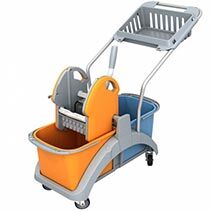
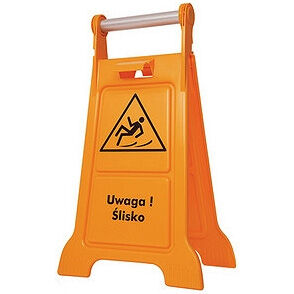
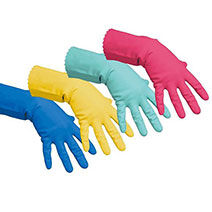
 Polski
Polski
 Czech
Czech
 German
German
 Spanish
Spanish
 Slovak
Slovak